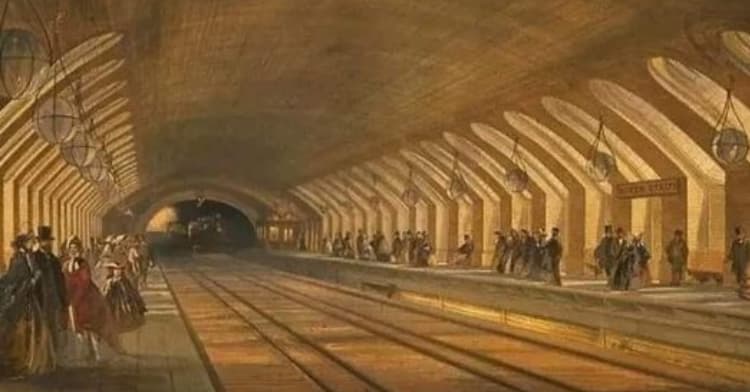Discovering Pulteney Bridge: A Gem of Georgian Architecture
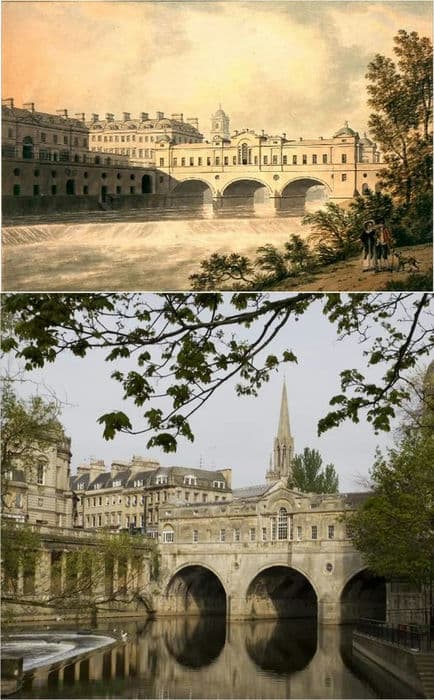
Standing as a testament to Bath’s rich architectural heritage, Pulteney Bridge is a masterpiece of Georgian design that captivates visitors with its timeless elegance. Built in 1769 by the renowned architect Robert Adam, this Grade 1 listed structure is renowned for its unique feature – shops lining its full span on both sides. From its classical pediments to its Palladian influences, Pulteney Bridge exudes grandeur and charm, making it one of the city’s most beloved landmarks.
Why Pulteney Bridge
When exploring Bath, don’t miss these five highlights:
- Pulteney Bridge: Marvel at the architectural splendor of Pulteney Bridge, with its iconic shops and classical design. Take a leisurely stroll across this historic landmark and admire the breathtaking views of the River Avon.
- Pulteney Weir: Experience the beauty of Pulteney Weir, located just below the bridge. Capture the tranquil scenery and watch as the waters of the River Avon cascade over the weir, creating a picturesque backdrop.
- Les Misérables Location: Step into the world of cinema by visiting the filming location of Les Misérables. Stand on Pulteney Bridge, where iconic scenes from the Oscar-winning musical were shot, including Javert’s dramatic plunge into the river.
- Historic Architecture: Immerse yourself in Bath’s rich architectural heritage by exploring the city’s iconic Georgian buildings, including the Royal Crescent, the Circus, and Queen Square. Discover the stories behind these architectural marvels and marvel at their timeless beauty.
- Roman Baths: Delve into Bath’s Roman history with a visit to the Roman Baths. Explore the ancient ruins, interactive museum, and thermal springs that have attracted visitors for centuries, offering a glimpse into the city’s past.
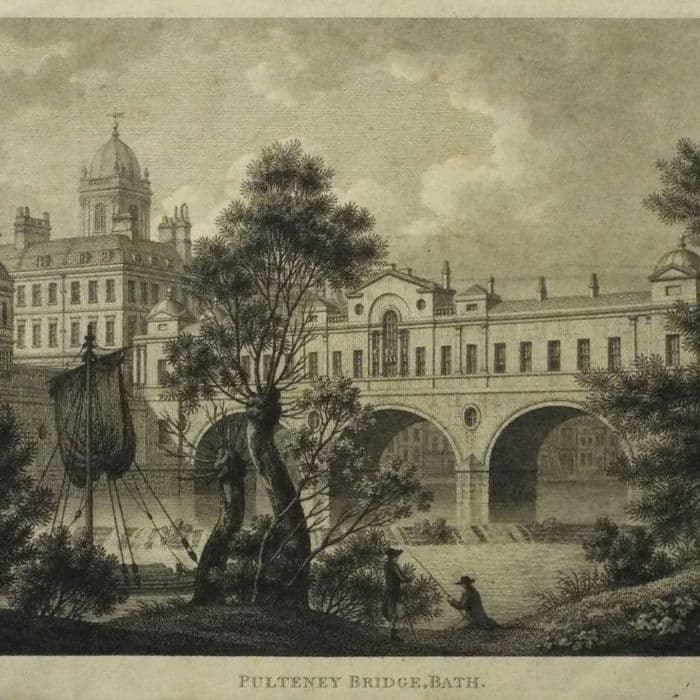
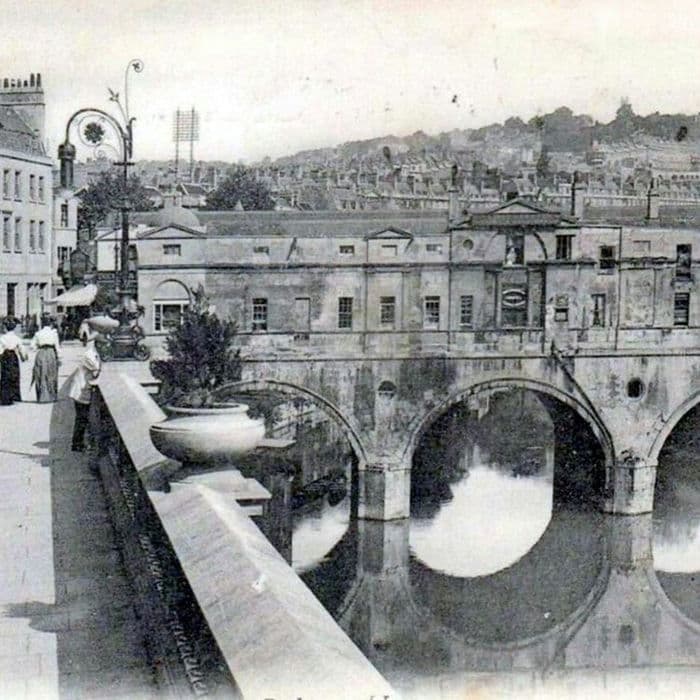
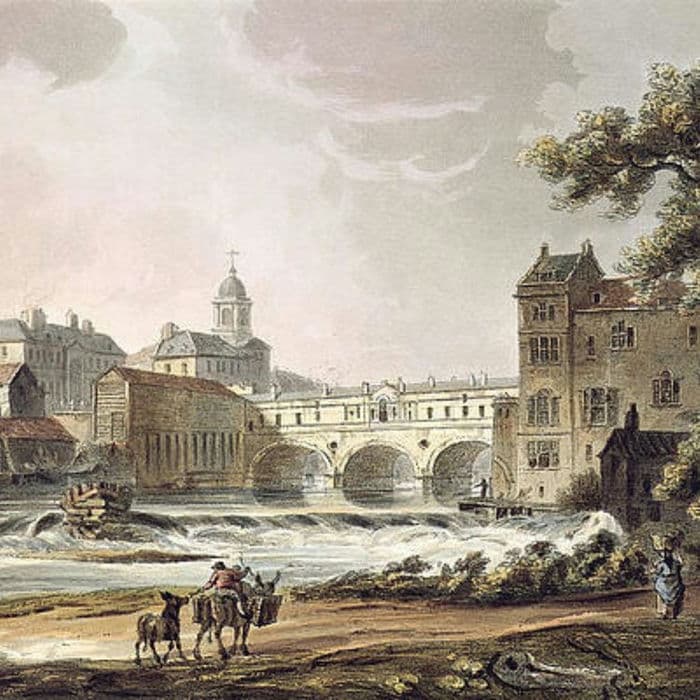
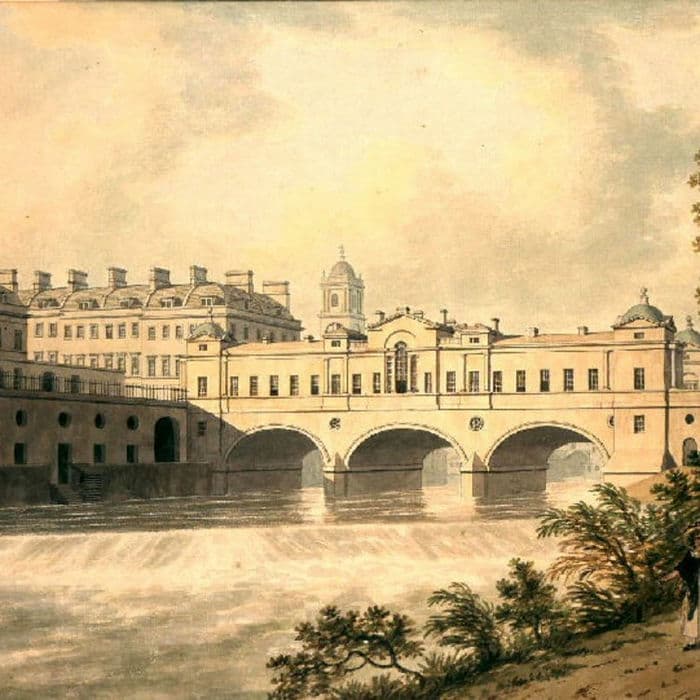
FAQ:
- What makes Pulteney Bridge unique?
Pulteney Bridge is renowned for its architectural beauty and the distinctive feature of having shops lining its full span on both sides, a rarity in bridge design. Its Palladian style and historical significance make it a must-visit attraction in Bath. - Is Pulteney Bridge pedestrian-friendly?
While there have been proposals to pedestrianize the bridge, it is currently used by buses and taxis. Visitors can still enjoy a leisurely walk across the bridge and soak in its majestic surroundings. - What role did Pulteney Bridge play in Georgian Bath?
As part of William Johnstone Pulteney’s vision to create a ‘new town’ in Bath, Pulteney Bridge was designed to be a spectacular landmark that would rival the city’s existing architecture. Its construction marked a significant chapter in Bath’s architectural evolution during the Georgian era. - Are there dining options on Pulteney Bridge?
Yes, Pulteney Bridge boasts several restaurants and cafes where visitors can enjoy a meal or a cup of coffee while taking in the views of the river. The bridge also features independent shops and Bath Rugby Club’s official merchandise store. - What other attractions are nearby?
Pulteney Bridge is located near several other attractions, including the Roman Baths, Bath Abbey, and the Jane Austen Centre. Visitors can explore these historic sites and immerse themselves in Bath’s rich cultural heritage.

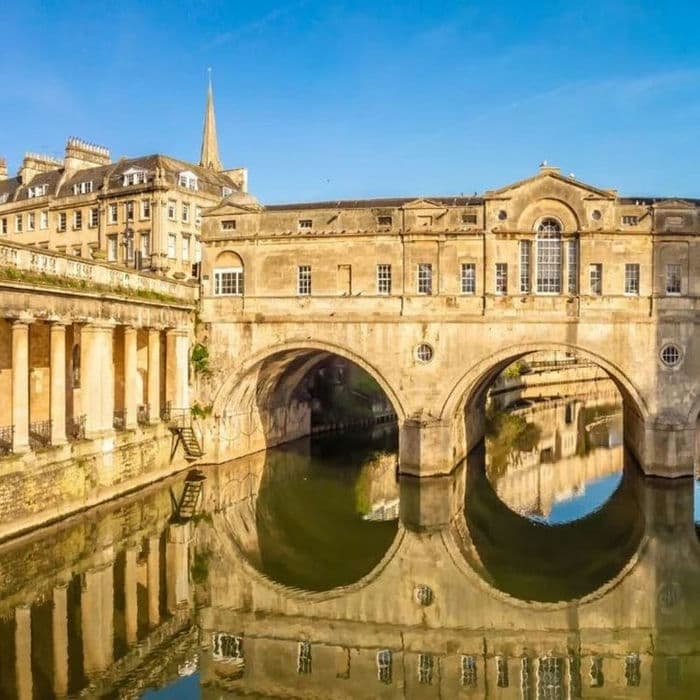
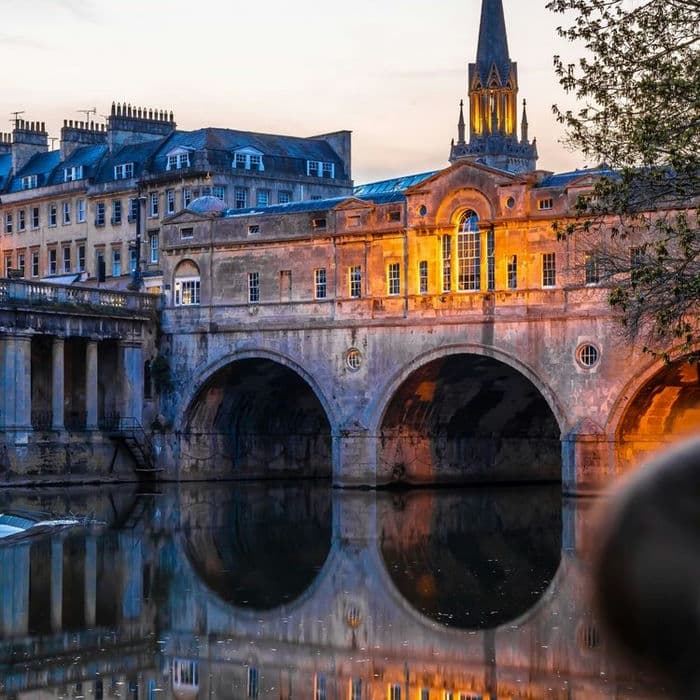
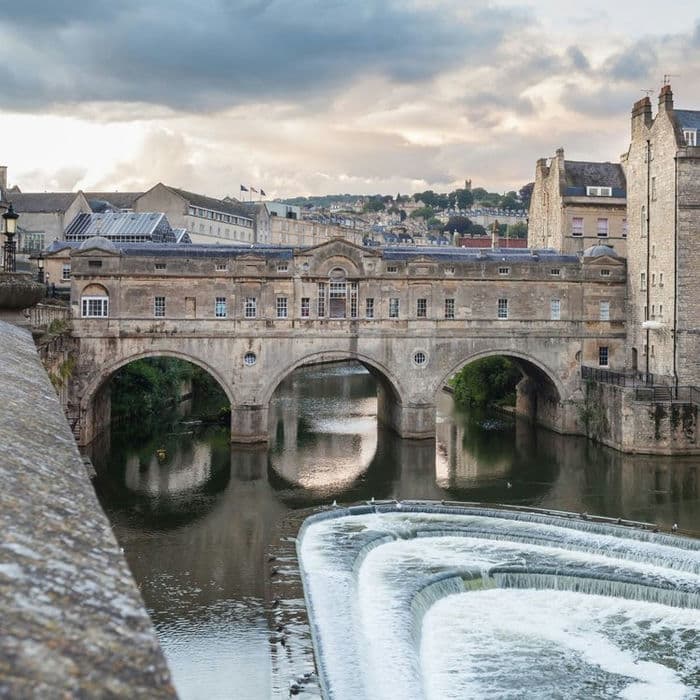
From its iconic architecture to its storied past, Pulteney Bridge stands as a symbol of Bath’s enduring charm and elegance. Whether admiring its graceful arches, exploring its bustling shops, or simply enjoying the riverside views, visitors are sure to be enchanted by the beauty of this historic landmark. With its timeless appeal and central location, Pulteney Bridge offers a glimpse into the heart of Bath’s Georgian heritage, inviting travelers to discover the magic of this iconic city.

